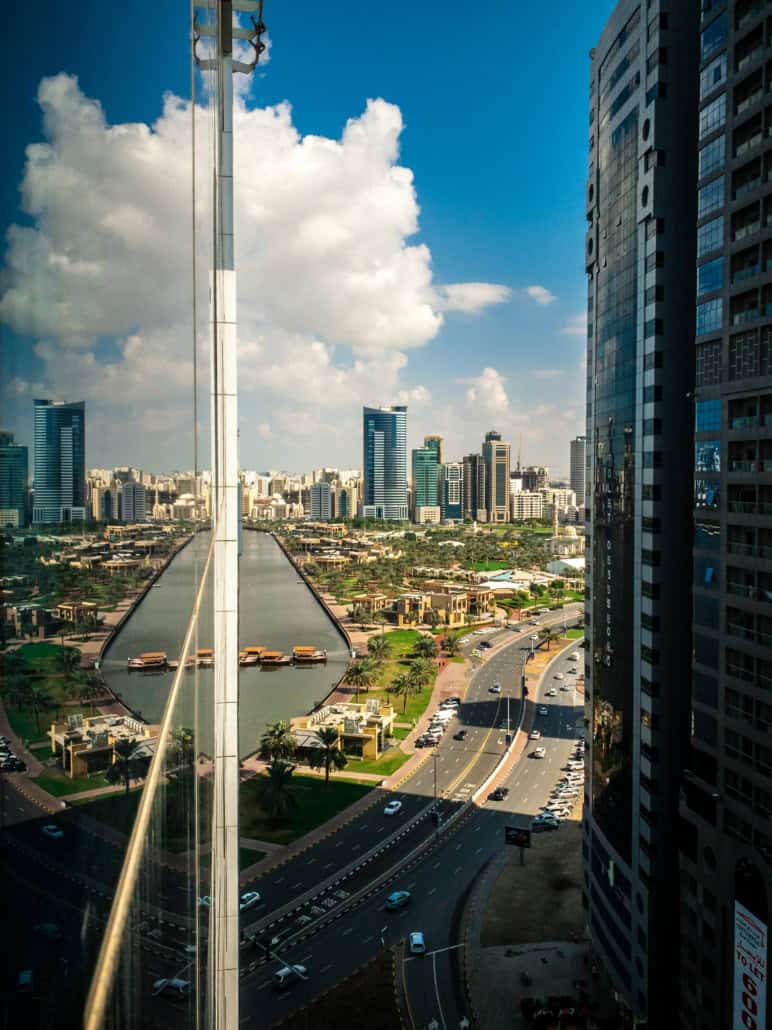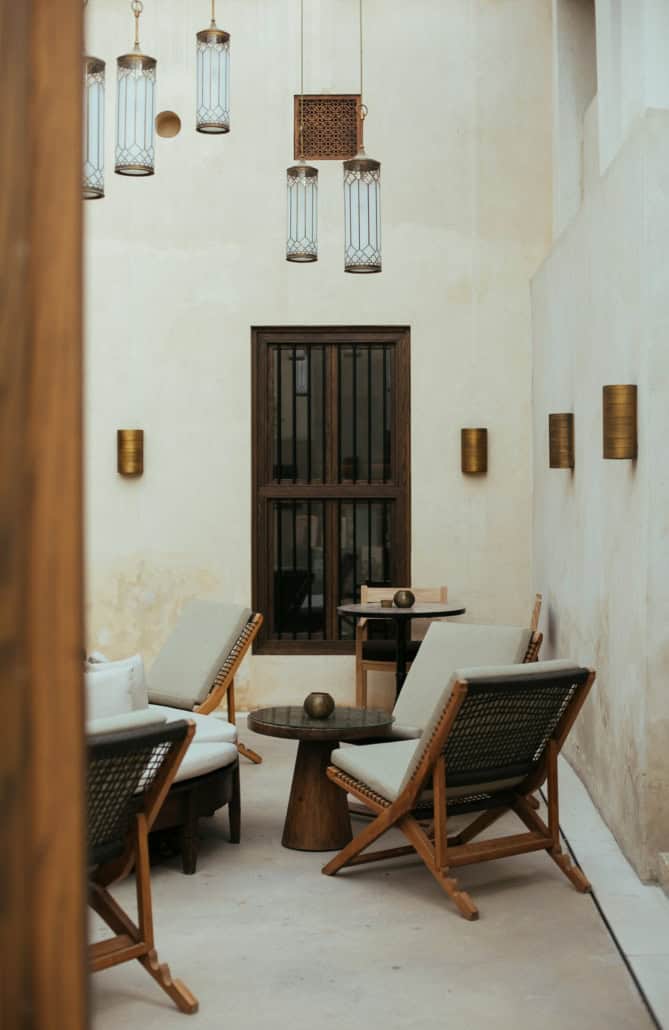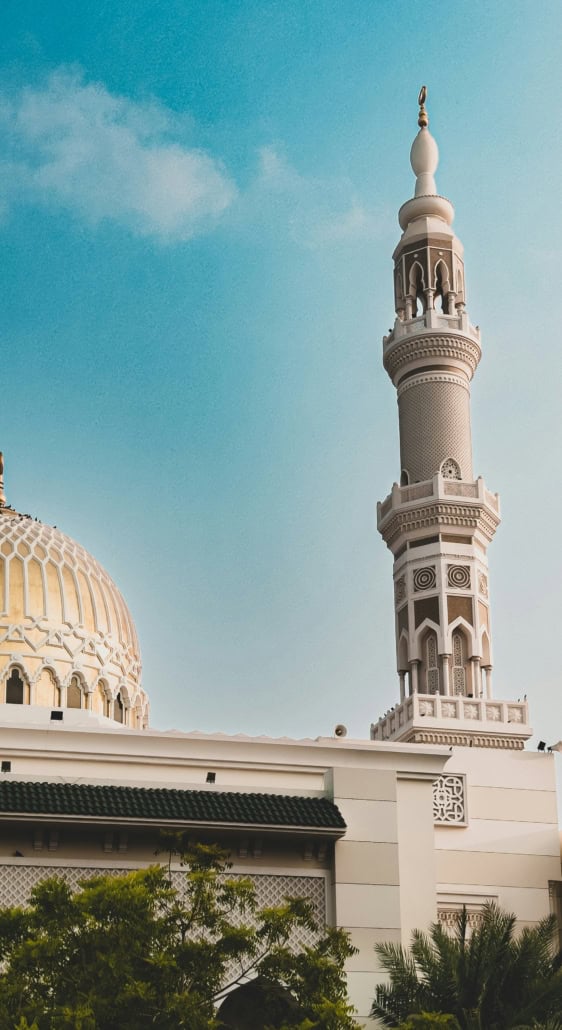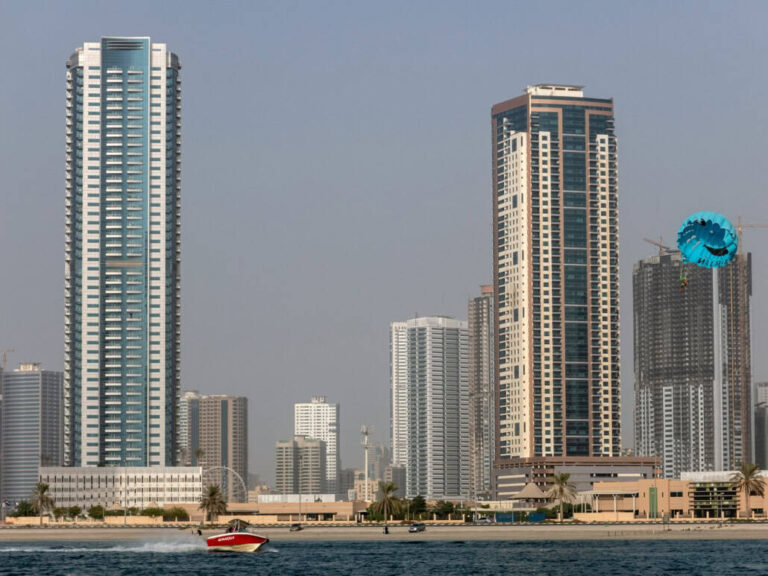Sharjah: From Ancient Port to Cultural Capital
Sharjah has evolved over thousands of years — from a Gulf trading settlement and maritime center, to a British strategic base, to a founding member of the UAE, and today a global cultural capital recognized by UNESCO. Its development uniquely blends heritage conservation with modern urban planning, education, sustainability, and the arts.
1. Early History & Maritime Foundation
Sharjah has been inhabited for more than 5,000 years.
Its coastal location made it an important trading, fishing, dhow-building, and pearl-diving hub in the Arabian Gulf.
In the 18th century, the Qawasim (Al Qasimi) ruling family established Sharjah as a major maritime power, with influence across the Gulf region.
2. British Protectorate & Infrastructure Development (1820–1971)
In 1820, Sharjah signed the General Maritime Treaty with Britain, which secured its coastal autonomy while aligning it under British protection.
Key Turning Point:
In 1932, the British established Al Mahatta Airport in Sharjah — the first airport in the Trucial States.
This triggered:
Sharjah also became one of the first emirates to open:
→ This gave Sharjah an educational head start before the oil era.

3. Joining the UAE & The Oil Phase (1971–1990s)
Sharjah became a founding member of the UAE in 1971.
Oil was discovered in 1972, accelerating modernization through:
| Sector | Transformation |
|---|---|
| Healthcare | New public hospitals & clinics |
| Education | Expansion of schools & universities |
| Infrastructure | Roads, ports, neighborhoods, utilities |
| Telecommunications | State-of-the-art systems introduced |
1968 Master Plan (Pre-Oil Urban Design)
Even before oil revenue, Sharjah implemented a city master plan with a grid layout, creating new residential and commercial districts such as:
-
Majarra
-
Falaj
-
Sharq
-
Maysaloon
This made Sharjah one of the earliest planned cities in the Gulf.
4. Cultural Vision Under Sheikh Dr. Sultan bin Muhammad Al Qasimi (1972–Present)
His Highness has shaped Sharjah through a strong cultural, literary, and educational philosophy.
UNESCO Recognitions:
| Title | Year | Why it Matters |
|---|---|---|
| Cultural Capital of the Arab World | 1998 | Cultural preservation and museum development |
| Capital of Islamic Culture | 2014 | Heritage architecture & religious scholarship |
| World Book Capital | 2019 | Leadership in literacy & publishing |
Sharjah developed:
-
Sharjah Museum of Islamic Civilization
-
Sharjah Art Foundation
-
Sharjah Biennial
-
Sharjah International Book Fair (SIBF)
-
House of Wisdom cultural library
Heart of Sharjah Project
A major heritage restoration project to revive the old city to its 1950s architecture, becoming the largest heritage preservation site in the Gulf.

5. Diversification & Sustainable Development (2000s–Present)
Sharjah has expanded into new strategic sectors:
| Sector | Key Institutions & Projects |
|---|---|
| Manufacturing + Trade | Hamriyah Free Zone, SAIF Zone |
| Sustainability & Eco-Living | Sharjah Sustainable City |
| Tourism & Hospitality | Shurooq’s Sharjah Collection eco-lodges |
| Real Estate & Urban Design | Arada’s Masaar forested communities |
| Environmental Conservation | Kalba Mangrove Reserve, Al Hefaiyah Wildlife Centre |
Unique Highlight:
Sharjah recently developed the UAE’s first mountain vineyard at Ghamam Retreat in Kalba — showcasing climate-adapted agriculture.
In Summary
Sharjah’s development is defined by:
-
Ancient trading heritage
-
Maritime leadership under the Qawasim
-
British-era modern infrastructure
-
Early planned urban growth
-
Post-oil expansion
-
Clear cultural and educational identity
-
Sustainable, community-first development today
Sharjah stands out in the UAE for focusing on culture instead of commercialization, education instead of luxury, and heritage instead of spectacle.


